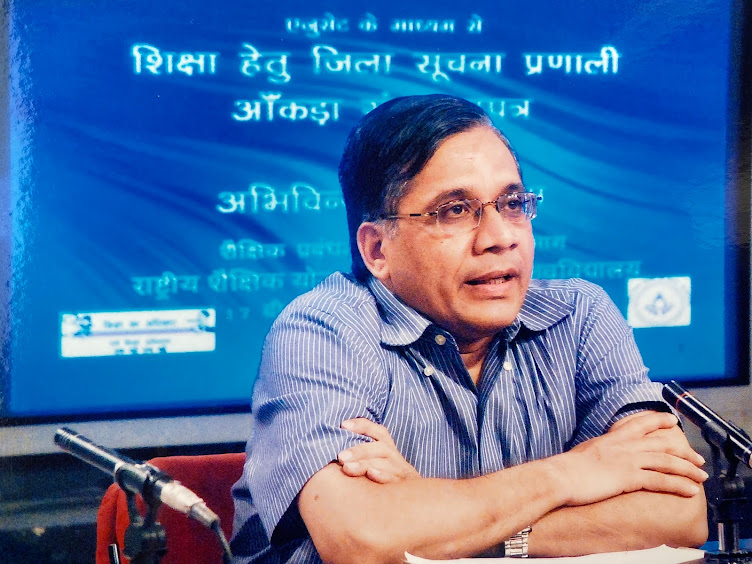Arun C Mehta, Formerly Professor & Head of the EMIS Department, NIEPA, New Delhi
Introduction
Since its independence, India has made spectacular
progress concerning all aspects of school education, including universal access,
participation, and retention. Still, the goal of universal school education is
far out of reach. Quality of education is one of the significant areas of
concern because many activities are now focused on improving learners' ability
to read and write with understanding. Despite impressive progress, there are
states far behind the others; without bringing all such states at par with the
others, the dream of universal school education is not likely to be cherished shortly.
Bihar is one of the major states of India, with a 22,359
thousand child population which is 11.79 percent of the total population of
India (1,89,593
thousand) of age 6 to 14
years. Almost every 12th child of 6 to 14 years of India is located in
Bihar. In addition, 93,459 (6.19 percent) of the total 15,09,136
schools covered under UDISE+ 2020-21 are located in Bihar. Without
Bihar attaining the status of universal school education, India cannot achieve
the goal for which concerted efforts are required to finish the unfinished
task. Over time, Bihar, like other states of India, has made progress toward
universalization. With a little push, it can move fast towards attaining the
goal of universalizing elementary education, which would eventually help India
achieve the goal of universal school education.
Another primary reason for picking up Bihar for
detailed analysis is because the author of this article (Prof. Arun C Mehta) was
closely associated with the state from the time of the Bihar Education Project, which later necessitated launching similar
programs, such as DPEP and later SSA, on a pan-India basis. As a member of the
UNICEF Mission to review the Bihar
Education Project, popularly known as BEP, in 1994, the author got an
opportunity to visit seven BEP districts of the undivided Bihar, which helped
him to understand the ground reality to a great extent.






No comments:
Post a Comment